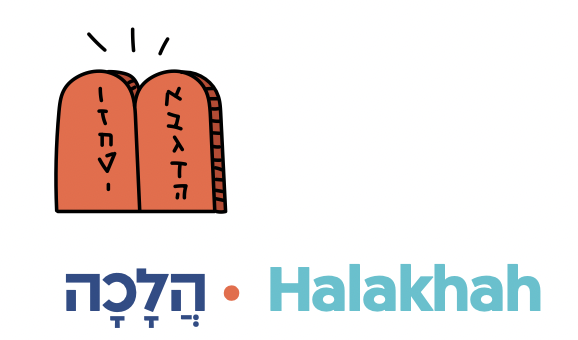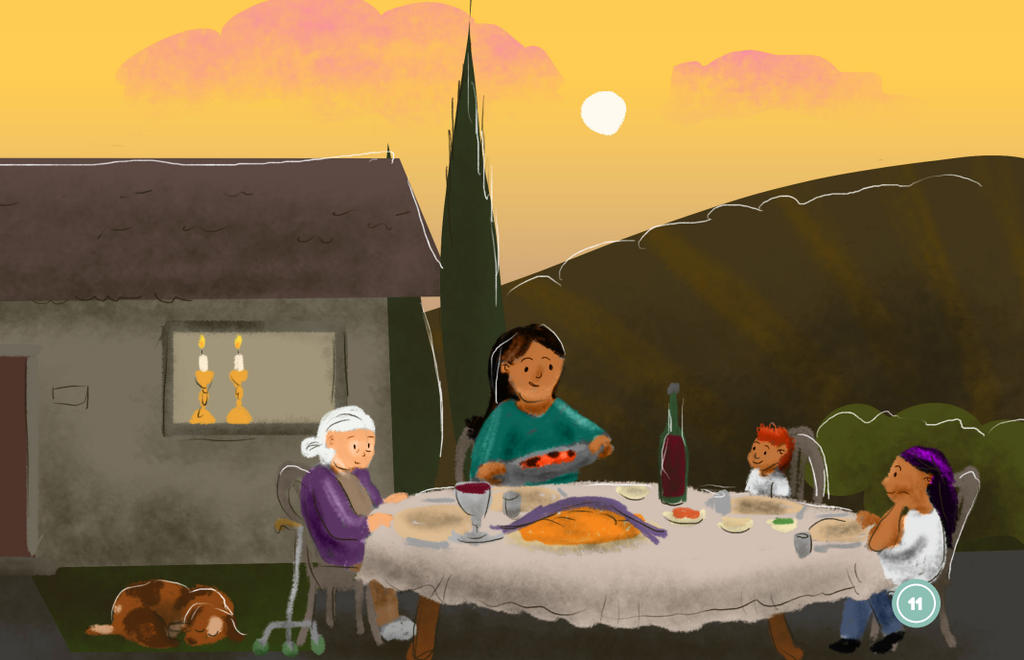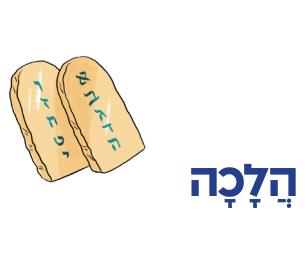Illustration Credit: Rivka Tsinman

Halakhah הֲלָכָה
The Jewish calendar includes parts that are קֹדֶשׁ (kodesh, holy) and parts that are חוֹל (hol, regular). But the lines aren’t always so clear between them! For example, there’s a principle called מוֹסִיפִין מֵחוֹל עַל הַקֹּדֶשׁ, which means that we can bring some kodesh into our hol time. It’s based on a pasuk in this week’s parashah.
When our parashah talks about Yom Kippur, it says that we should observe it בְּתִשְׁעָה לַחֹדֶשׁ בָּעֶרֶב—on the ninth day, in the evening (Vayikra 23:32). The Gemara notices that this is strange wording:
יָכוֹל בְּתִשְׁעָה? תַּלְמוּד לוֹמַר: ״בָּעֶרֶב.״ אִי ״בָּעֶרֶב״ יָכוֹל מִשֶּׁתֶּחְשַׁךְ? תַּלְמוּד לוֹמַר: ״בְּתִשְׁעָה.״
הָא כֵּיצַד? מַתְחִיל וּמִתְעַנֶּה מִבְּעוֹד יוֹם. מְלַמֵּד שֶׁמּוֹסִיפִין מֵחוֹל עַל קֹדֶשׁ.
Could it be that Yom Kippur begins on the 9th (of Tishrei)? But the verse says “in the evening” (which is the beginning of the 10th of Tishrei)! Could it be that Yom Kippur only begins once it’s night? But the verse says: “On the 9th”!
So how does this work? You must begin fasting while it’s still daytime (on the 9th). This teaches that you turn some of the time that is hol into kodesh.
Yom Kippur is on the 10th of Tishrei, which begins in the evening. But the Torah seems to want us to do something for Yom Kippur on the 9th. The Gemara concludes that we start Yom Kippur early and bring some kedushah from the 10th into the 9th.
Here are some other examples of when we transform hol time into kodesh:
- We generally start Shabbat before it really starts. That might be 18 or 20 minutes before sunset. Check a Jewish calendar for candle lighting times and compare it to the time of sunset!
- You are allowed to start Shabbat even earlier than this. Lots of people begin Shabbat early in the summer, when it gets dark pretty late and they want to have Shabbat dinner at an earlier hour.
- What other ways can you think of to bring a kodesh feeling into your regular days?

-------------------
-------------------





